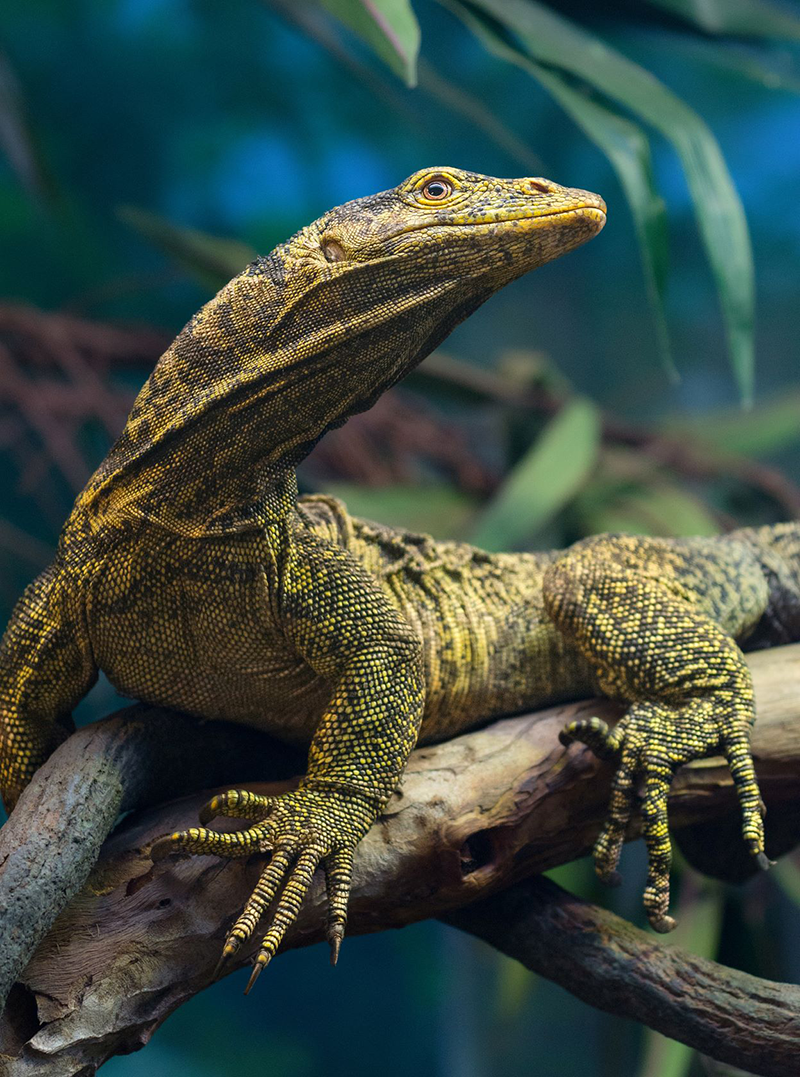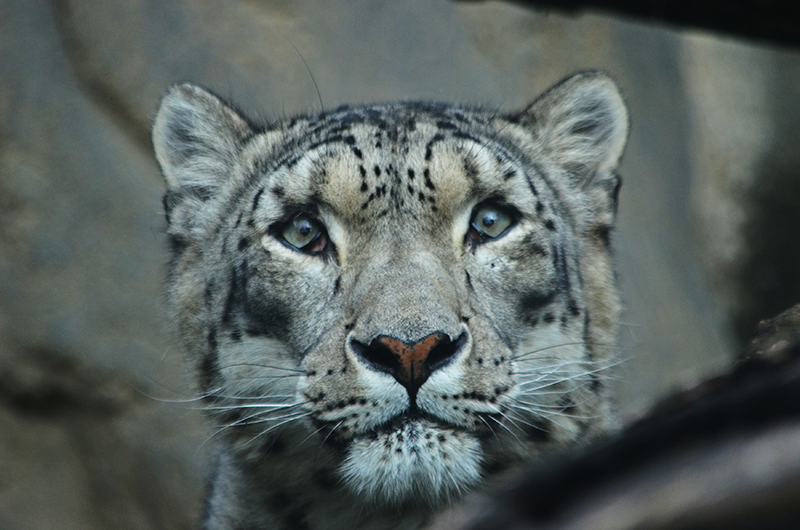Share the Care Programs

Adopt-an-animal programs offer packages in which donors choose an animal they want to symbolically adopt. The money raised by selling adoption packages goes toward the care and feeding of the animals and occasionally to habitat maintenance and conservation programs. In return, the adopter receives a fact sheet about their animal, a personalized certificate, a color photo, zoo or aquarium passes, a tour, or any combination of these items.
Before launching one of these initiatives, attractions must consider several factors: Which animals will be adoptable? What will be included in the benefits package? How will the adoption program be marketed?
To get the answers to these questions, Funworld talked with representatives from five different zoos who run successful wildlife adoption programs.
Give and Take
At the Calgary Zoo in Calgary, Alberta, Canada, Stacey Smith, senior fund development officer of annual giving, chooses the 10 most popular animals each year and makes them adoptable. She keeps track of the most popular—red panda currently leads—and eventually the least popular of the 10 falls off when another animal makes the list.
Some choose to go even bigger. For example, all of the inhabitants at the Los Angeles Zoo in California, United States, are adoptable.
“Every animal at the zoo, big or small, has fans,” says Danika Jensen, manager of annual giving programs for the Greater Los Angeles Zoo Association. “The charismatic megafauna—Asian elephants, Masai giraffes, and Sumatran tigers—tend to be the most popular. Occasionally, donors will purchase more obscure animals, like our desert hairy scorpion or Gray’s monitor lizard.”
So, how do potential donors hear about these programs?

Promoting Symbolic Adoptions
Once attractions have decided to launch an adopt-an-animal program, there are several opportunities for promotion beyond a blurb on the website . Roger Williams Park Zoo in Providence, Rhode Island, U.S., uses targeted email campaigns and social media. The team also encourages giving an adopted animal as a gift by advertising around holidays like Valentine’s Day and Mother’s Day.
“We also promote the Adopt-an-Animal program when we have special animal births at the zoo,” explains Lauren Ustaszewski, development associate at the zoo. “We try to tell a compelling story in all of our communications.”
For example, Ustaszewski says, soon after the birth of a two-toed sloth, the zoo was approached by the family of a young boy named Brenton, nicknamed Beany, who had died from cancer. His favorite animal was a sloth. Moved by his story, the zoo named the sloth Beany to honor his memory.
“Following the birth of Beany, we relaunched our adoption program and shared this heartwarming story with the public to help us both celebrate the birth of Beany and honor Brenton,” recalls Ustaszewski.
However, despite how straightforward the adopt-an-animal programs may seem, they do come with some challenges.
Pandemic-Related Issues
Animal adopters often get a stuffed version of their animal. Although this hasn’t made headlines yet, like the shortage of plywood and chips, three zoo representatives mentioned the scarcity of available stuffed animals.
“Currently, it is extremely hard to get certain plush animals,” says Allyson Boyd, annual giving manager in external affairs at the Akron Zoo in Akron, Ohio, U.S.
Boyd says the zoo has put together their adoption rewards based on trends. For a $250 donation, the donor used to receive a behind-the-scenes tour, but due to COVID-19, tours are temporarily unavailable. Instead, the Akron Zoo has substituted a Rise and Shine Safari, which is an early morning tour of different parts of the zoo with a knowledgeable guide.

Thank You Messages
A big key to success with adopt-an-animal programs is the follow-up. At the Calgary Zoo, every adoption is followed by a thank-you phone call.
“Then I send them a personalized email and ask if they’d like to be featured in our donor newsletter,” says Smith. “Their charitable contribution tax receipt also comes with a thank-you note. The combination and consistency of our follow-ups, even with a $25 donation, lets the donors know where their money went.”
Measuring Success
These zoos gauge their results by how much money they’ve made through their adoption programs.
For example, the Zoo Negara Malaysia, near Kuala Lumpur, has received 9,873,054 Malaysian ringgit since the beginning of the pandemic. That’s quite a feat, especially considering the zoo has been closed under a Movement Control Order during most of that time.
“We have received many requests from our donors saying that they would like to see their adopted animal, and they can’t yet,” says Rosly Rahmat Ahmat Lana, deputy president of Zoo Negara Malaysia.
